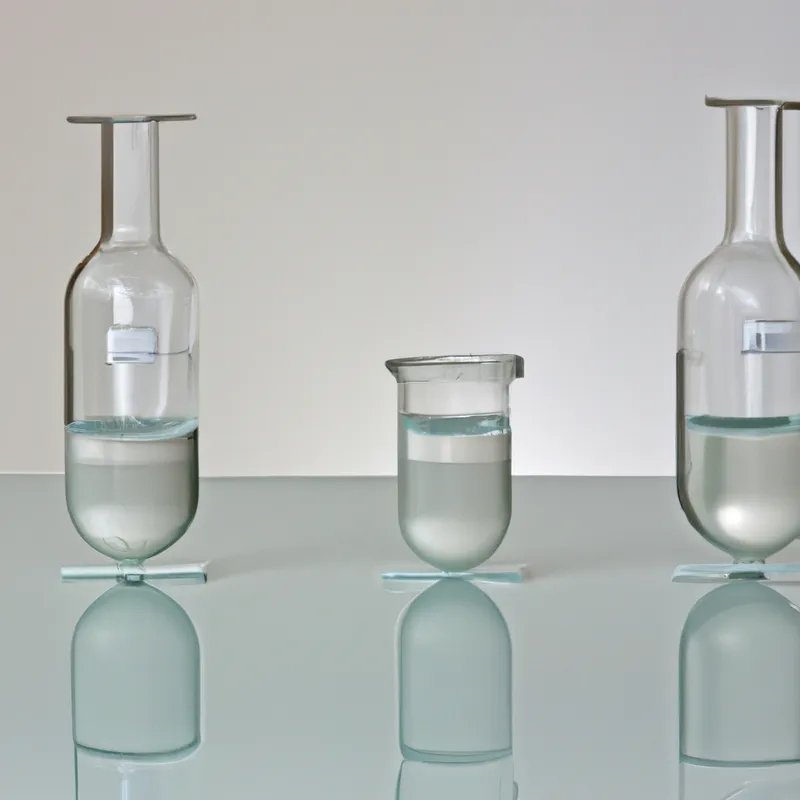Enhance Fluid Intake: Simple Solutions for Seniors
Hydration Strategies for the Elderly: Maintaining Fluid Balance
Staying hydrated is crucial for everyone, especially as we age. The elderly face unique hydration challenges. Reduced thirst sensation, medical conditions, and medications contribute to dehydration. Understanding effective hydration strategies helps maintain health and well-being in older adults.
Recognizing the Signs of Dehydration
Recognizing dehydration signs is vital before implementing hydration strategies. Older adults may not feel thirsty, making it hard to gauge fluid needs. Common signs include:
– **Dry Mouth or Dry Skin**: Lack of moisture causes discomfort and irritation.
– **Dark Yellow Urine**: This often indicates dehydration. Ideally, urine should appear light yellow.
– **Fatigue or Dizziness**: Unusual tiredness or lightheadedness signals insufficient fluids.
– **Confusion or Irritability**: Dehydration affects cognitive function and mood, causing confusion or agitation.
Notice these symptoms in yourself or loved ones? Take action immediately. Dehydration can lead to serious health issues, including urinary tract infections and hospitalization. Recognizing signs early allows for timely corrective measures.
Effective Hydration Tips
Now that you understand hydration’s importance, explore practical tips. These strategies help older adults maintain a healthy fluid balance.
1. Set a Daily Water Goal
Encourage a daily water intake goal. A common recommendation is about 8 cups (64 ounces) daily. However, individual needs vary. Factors like weight, activity level, and climate influence this goal. For instance, an older adult in a warmer climate may need more fluids than someone in a cooler environment.
2. Opt for Hydrating Foods
Incorporate high-water-content foods into the diet. Fruits and vegetables like watermelon, cucumbers, oranges, and strawberries significantly contribute to hydration. Additionally, soups and broths provide both nutrition and fluids.
3. Use Reminders and Tools
Technology can assist in maintaining hydration. Set reminders on phones or use hydration apps to track daily intake. Keeping a water bottle nearby serves as a visual cue to drink more frequently. For older adults, placing a glass of water on the dining table or kitchen counter promotes regular consumption.
4. Create a Hydration Routine
Integrate hydration into daily routines to establish consistent habits. Encourage drinking water at specific times, such as after waking up, before meals, and before bedtime. This structured approach helps remember to drink throughout the day.
Additional Advice for Better Hydration
While the tips above are helpful, consider these additional strategies tailored for older adults.
Conclusion
In summary, staying hydrated is vital for elderly health. Recognizing dehydration signs, setting goals, and incorporating hydrating foods can greatly help.
Below are related products based on this post:
FAQ
Why is staying hydrated particularly important for the elderly?
Staying hydrated is crucial for the elderly because they often face unique hydration challenges such as reduced thirst sensation, medical conditions, and medications that can contribute to dehydration. Maintaining proper fluid balance is essential for overall health and well-being in older adults.
What are some common signs of dehydration in older adults?
Common signs of dehydration in older adults include dry mouth or skin, dark yellow urine, fatigue or dizziness, and confusion or irritability. Recognizing these symptoms early is vital for taking timely corrective measures to avoid serious health issues.
What are effective strategies for improving hydration in elderly individuals?
Effective strategies for improving hydration in the elderly include setting a daily water goal, opting for hydrating foods like fruits and vegetables, using reminders and tools to encourage fluid intake, and creating a consistent hydration routine by encouraging water consumption at specific times throughout the day.















Post Comment